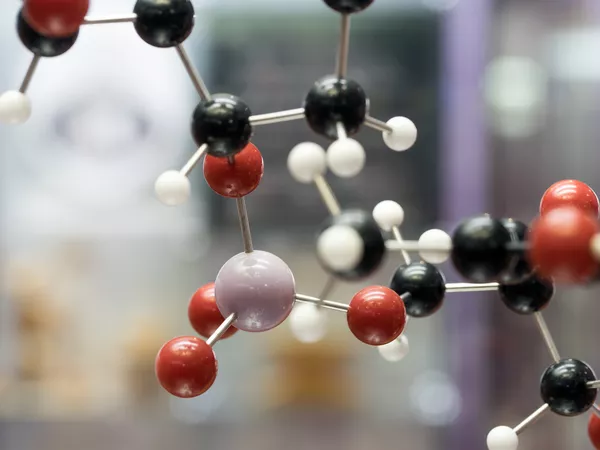ORIGINAL RESEARCH
Published on 20 Aug 2020
Flux Growth of Single-Crystalline Hollandite-Type Potassium Ferrotitanate Microrods From KCl Flux
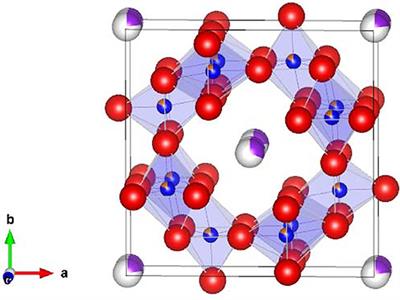
doi 10.3389/fchem.2020.00714
- 2,175 views
- 4 citations
6,799
Total downloads
33k
Total views and downloads
You will be redirected to our submission process.
ORIGINAL RESEARCH
Published on 20 Aug 2020

REVIEW
Published on 26 Jun 2020
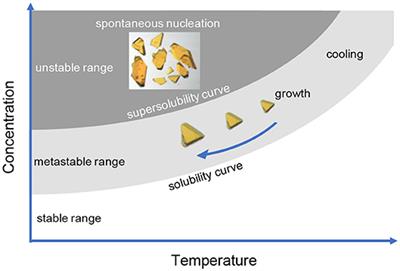
MINI REVIEW
Published on 02 Apr 2020
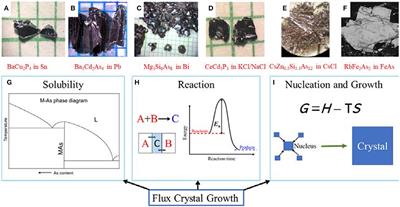
ORIGINAL RESEARCH
Published on 26 Feb 2020
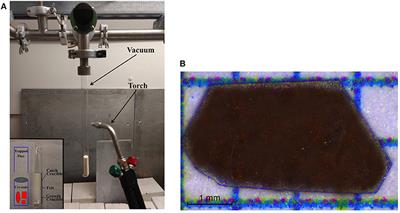
ORIGINAL RESEARCH
Published on 18 Feb 2020
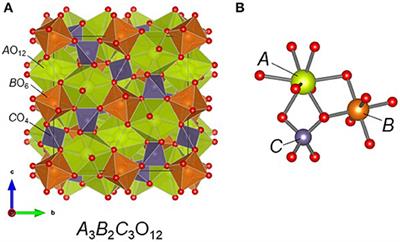
ORIGINAL RESEARCH
Published on 04 Feb 2020
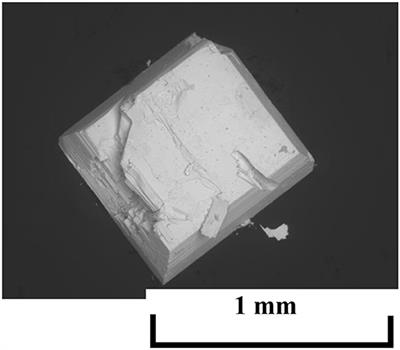
ORIGINAL RESEARCH
Published on 10 Jan 2020

ORIGINAL RESEARCH
Published on 21 Aug 2019
![Observation of the Same New Sheet Topology in Both the Layered Uranyl Oxide-Phosphate Cs11[(UO2)12(PO4)3O13] and the Layered Uranyl Oxyfluoride-Phosphate Rb11[(UO2)12(PO4)3O12F2] Prepared by Flux Crystal Growth](https://www.frontiersin.org/files/myhome article library/480901/480901_Thumb_400.jpg)
